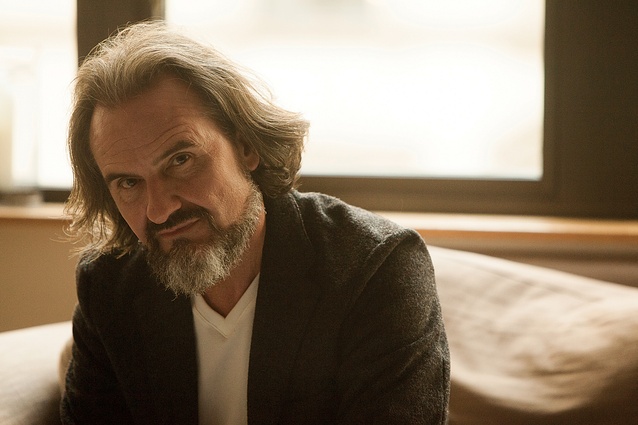The quest for ‘the’, not ‘a’…
Retail futurist Howard Saunders says that retail businesses need to understand what customers are really looking for. Kathleen Kinney of Interior magazine asked him to explain.
Kathleen Kinney: You say that the game has changed radically and too few retailers are properly prepared. Can you give us some context?
Howard Saunders: There was a huge, massive shift in 2008 when we had the GFC… it was like the apocalypse, wasn’t it? It changed our world-view, changed our habits and mind-sets as consumers. And now there’s a new customer and I call it ‘PAM’ – post-apocalypse man. And PAM is very different to what came before.
KK: How has the consumer mind-set changed?
HS: Think about how you feel now, and how your attitude has changed over the last seven years. Think about the big, all-powerful supermarkets with all the brands… do you use those big supermarkets in the same way? Think about how you feel about the big fast-food chains.
Since the GFC, and in light of what we see on the news about our health and the environment, and world events… we’re looking for something to trust. We don’t trust big banks; we don’t trust big brands; we don’t trust politicians.
KK: So customers want someone they can trust…
HS: We want people who know their jobs! We want the real thing – that’s the future of retail. You have to be an expert. In a world where technology means we can – quite literally – get anything, we want the real thing.
KK: But if we can buy just about anything online, how does that fit into the big picture of retail?
HS: We’ve all heard the stories… “soon there will be a virtual store. We’ll put pictures in the train stations so that, on the way to work, we can scan things in with our mobile phones, and then it’s all delivered at the end of the day. We won’t actually have to go into stores!”
KK: Is that the future?
HS: No, it isn’t – look at when Apple launches a new product. Queues for days. Why? Why bother? You can get it online. But that’s not it. It’s about getting it first. Or best. With so many choices, we want to be sure we’re getting the right one. So the retailer can’t just sell stuff any more; the retailer has to reassure the customer that they’ve made the right choice – that they’ve just purchased ‘the’ thing not ‘a’ thing. A successful retailer needs to realise that PAM wants the product not a product…
KK: THE not A… what does that mean?
HS: If I say to you, “would you like a watch?”… you’d probably say “sure, I’d like a watch”. But why? You don’t need one to tell the time; you can do that with your cellphone. Why do you need a thing around your wrist doing something you don’t need to have done?
And you don’t want just any watch, do you? Oh, no – you want a very specific watch and you want it for reasons that are completely unrelated to what it does. You want it for how it makes you feel. A watch won’t do that. But the watch will.
Or coffee… we can get a cup of coffee made by a machine or made with the horrible granules. Anyone can get a cup of coffee. But we want the cup of coffee – with beans from Guatemala, Colombia, Peru or someplace. We want them roasted where we can see, by a real person. We want them brewed by another person in a magical way that involves several gadgets. We want the resulting elixir served in a certain environment, ideally by someone who knows our name.
It’s more than a cup of coffee. It’s the cup of coffee. Our cup of coffee. For the individual, what makes something the and not a often has very little to do with the product itself. It’s more about how that product is perceived and experienced.
KK: So how should retailers respond?
HS: Retail and hospitality are the same thing now. Your job is to make your customer feel important, listened to and cared for. In short, you must reassure them that they are at the centre of the universe, that they are making the right choice, that they are getting the.
My brother owns a small restaurant out in the English countryside and, if someone new comes in for dinner, he takes them a glass of champagne with their menus… he welcomes them. He gives them something. How much did that cost him? Next to nothing. But he does it and he’s got them for life because he’s made them feel special.
But so many retailers miss this opportunity to touch customers – to engage with them. If your customers are staring at their iPhones, it’s because your store is not talking to them and the experience isn’t engaging them.
That engagement and the feeling it creates: it doesn’t take much effort and it doesn’t have to cost much money, if any… but what it does is it turns your product into the product, in that customer’s eyes.










